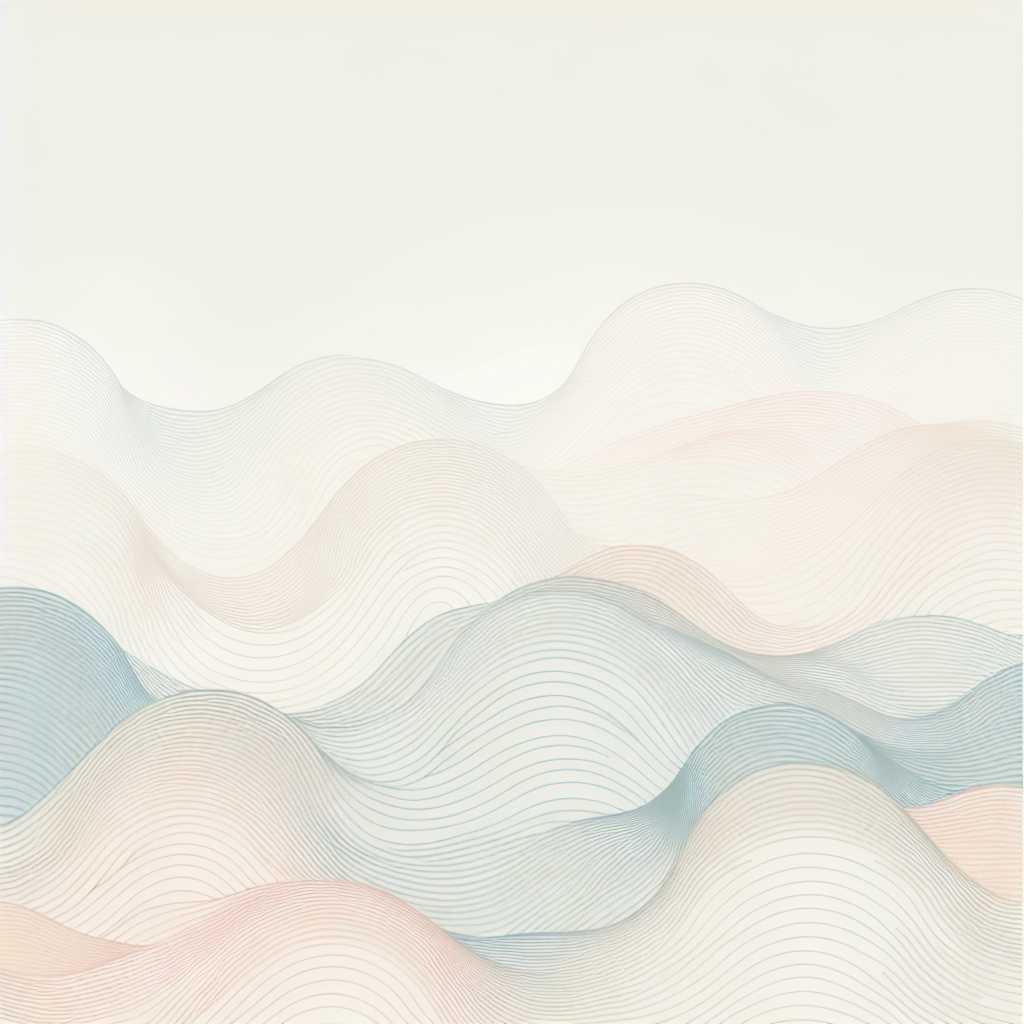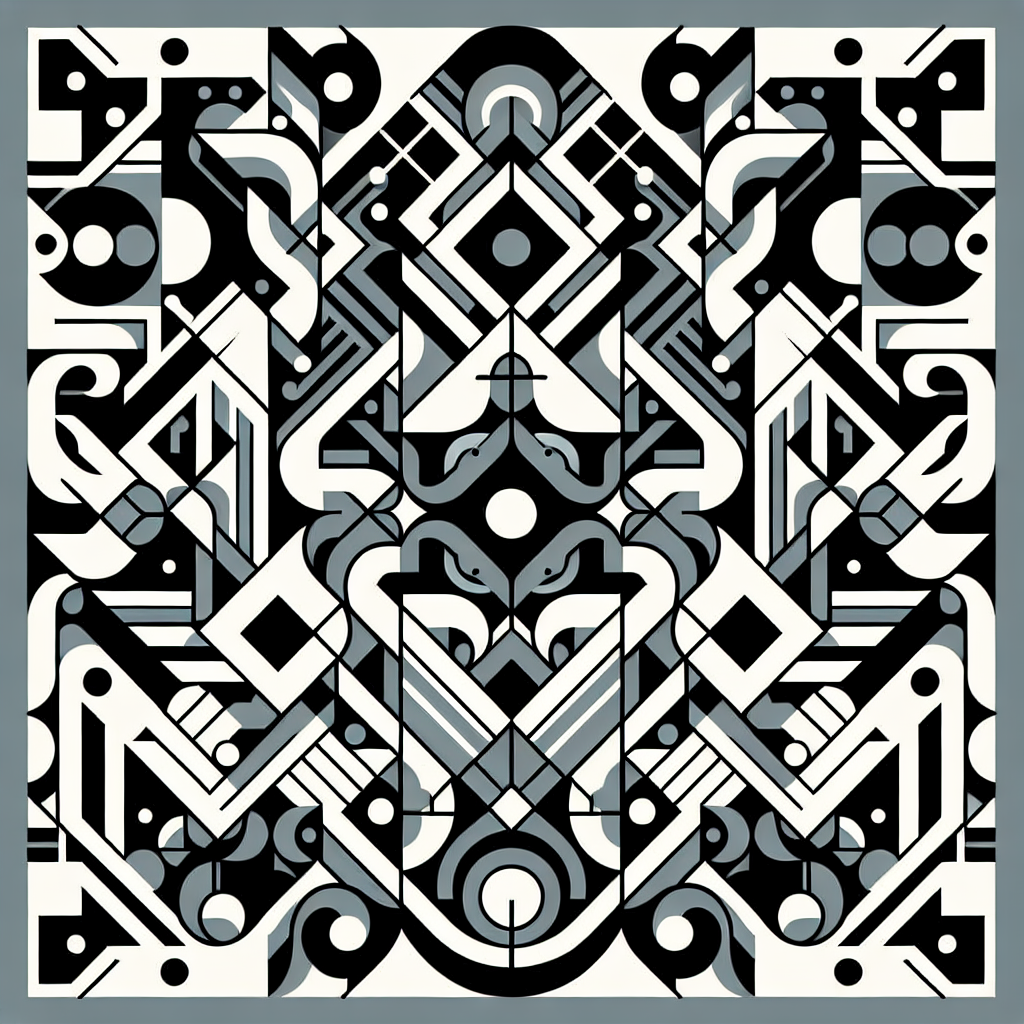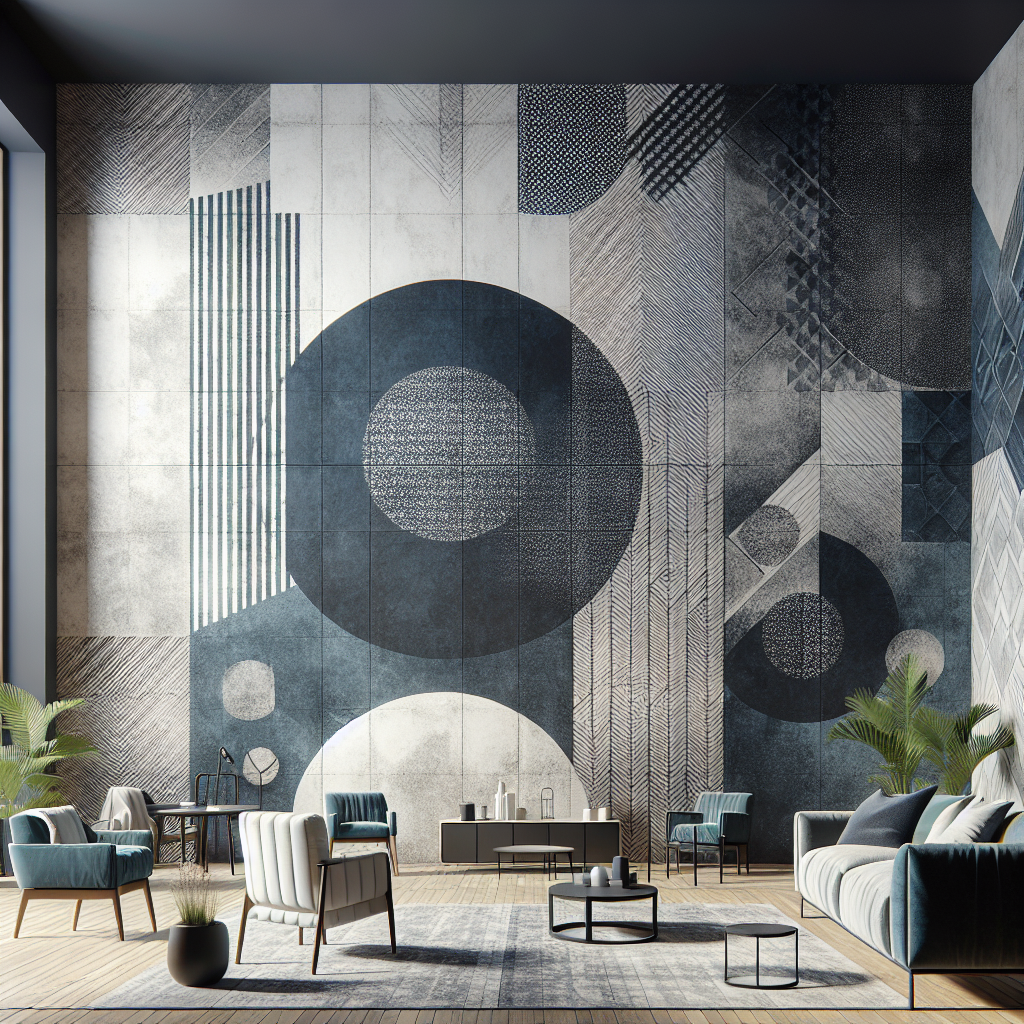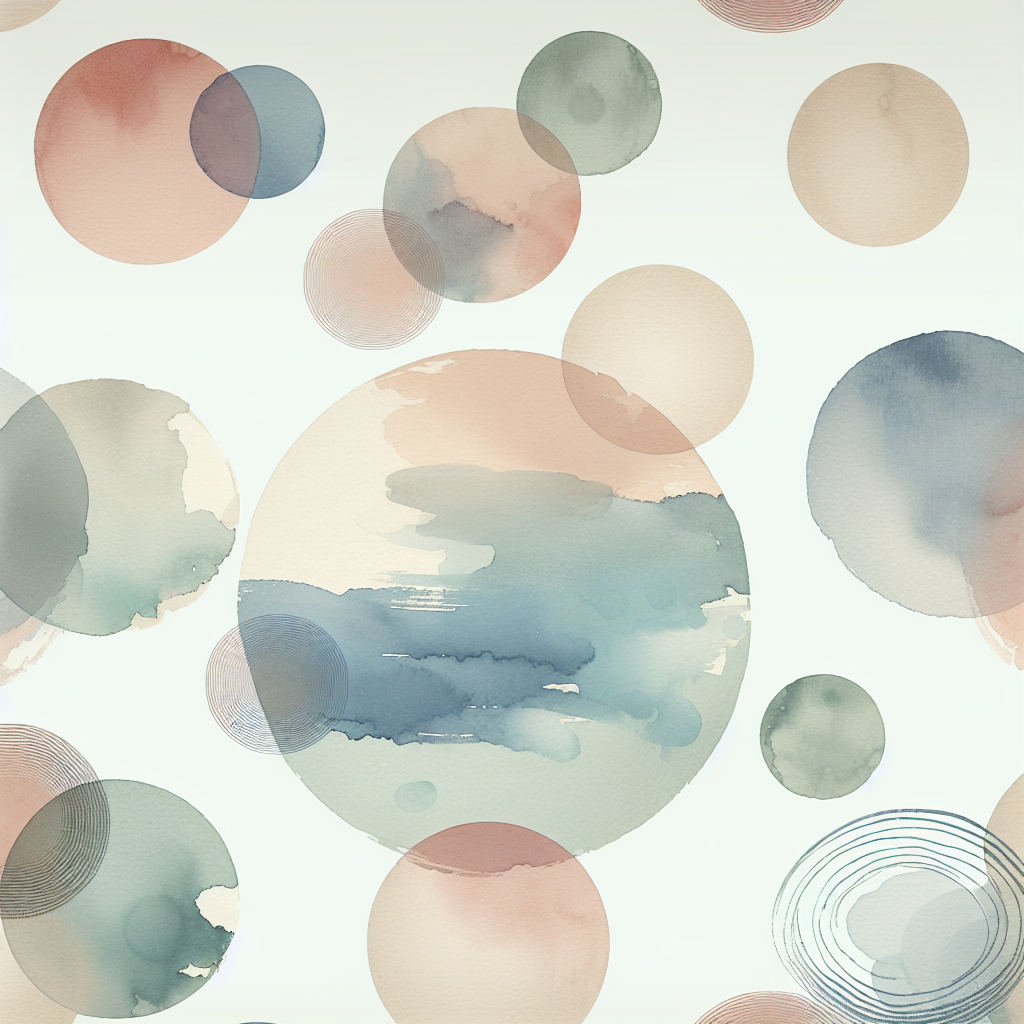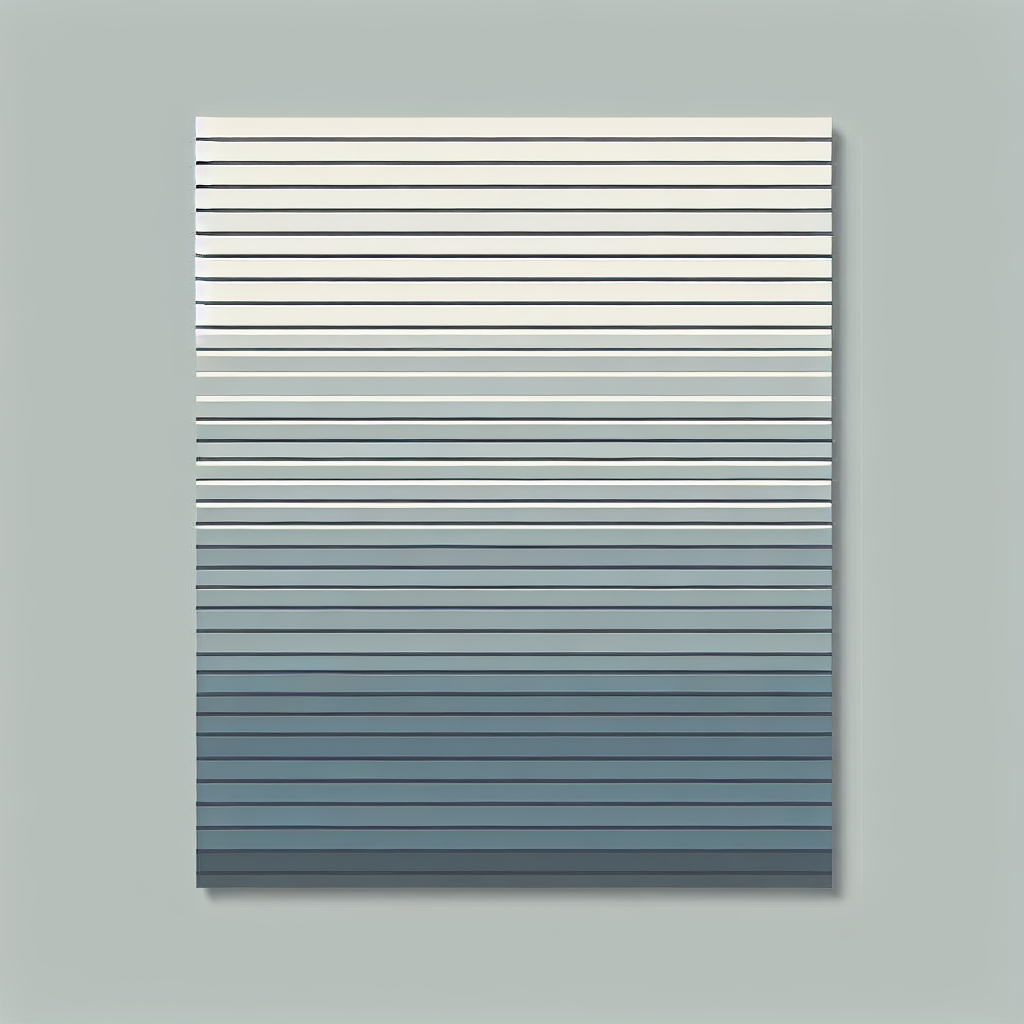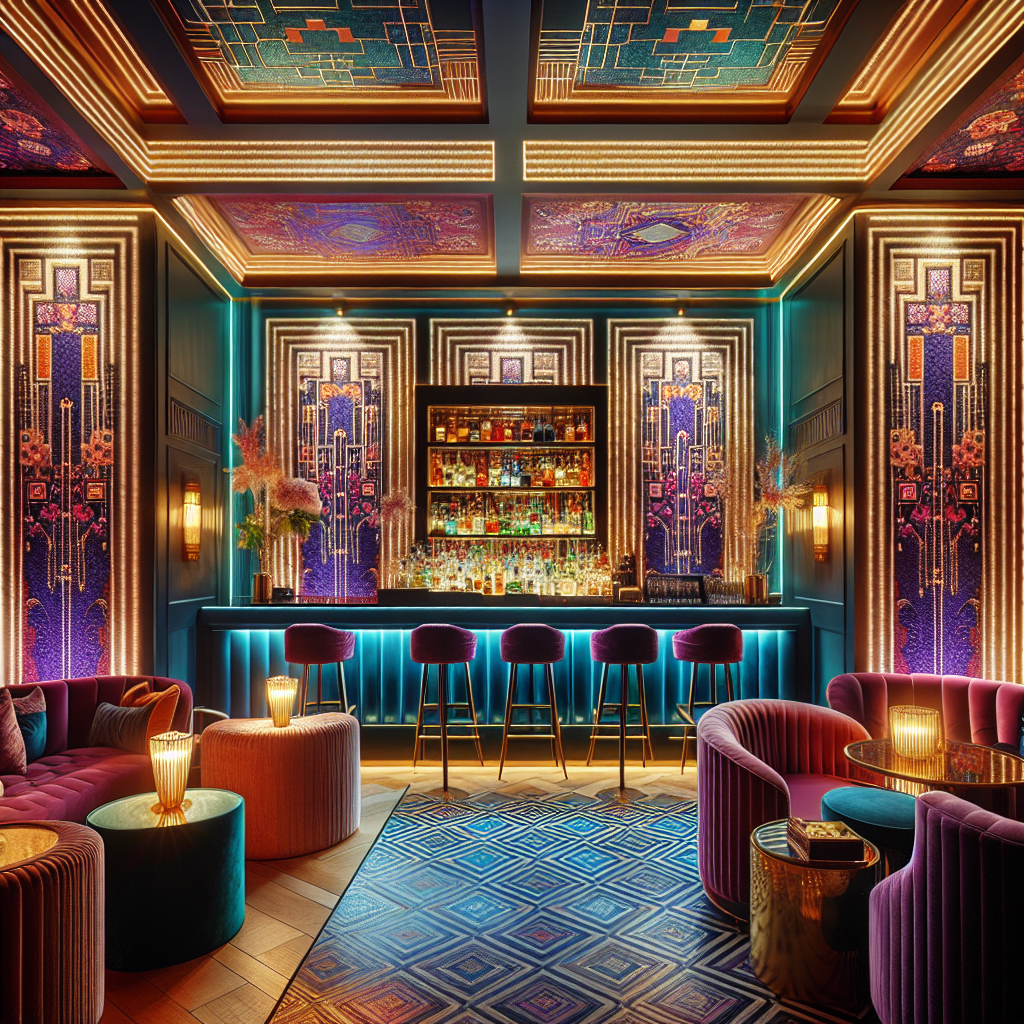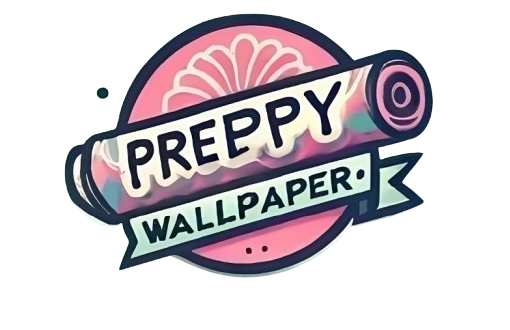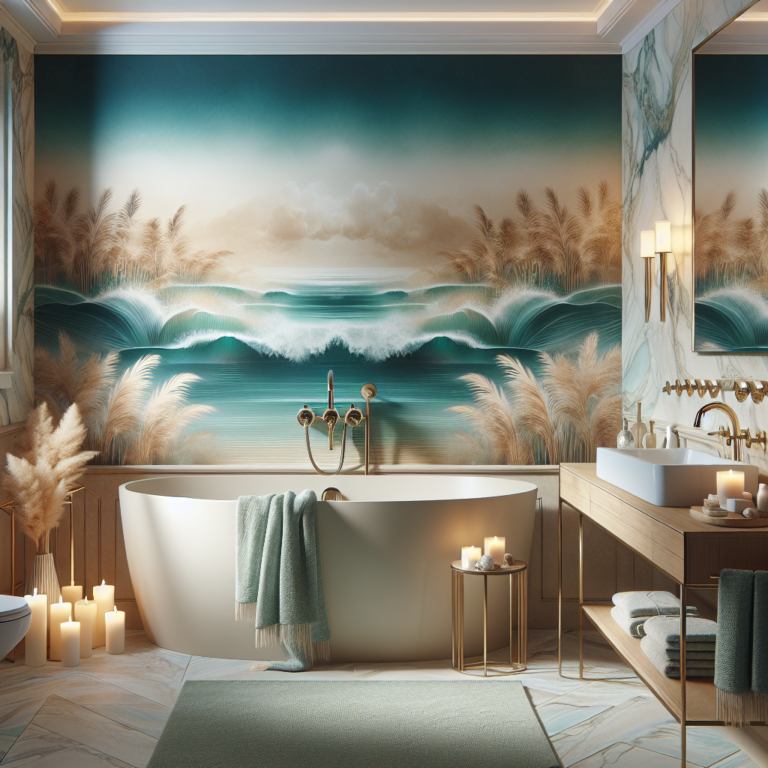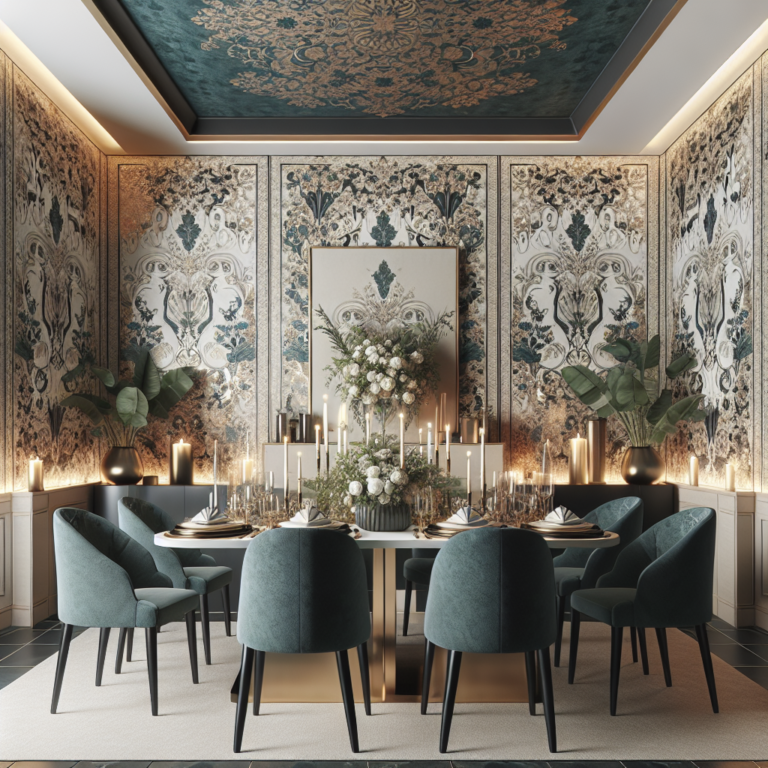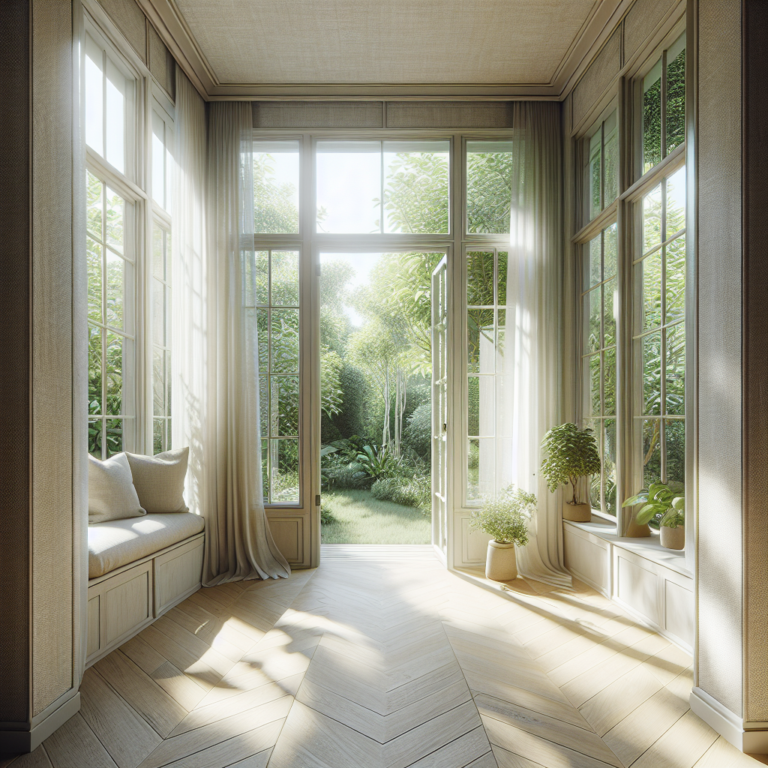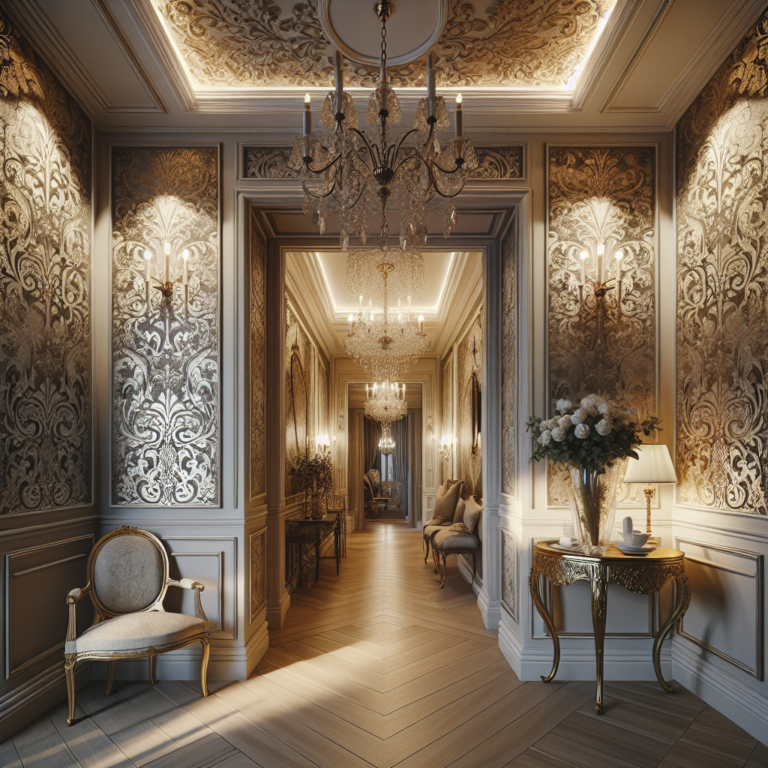10 Minimalist Wallpaper Patterns for a Sleek, Contemporary Look
Introduction to Minimalist Wallpaper
Minimalist wallpaper is more than just a design choice; it’s a lifestyle statement. In a world filled with distractions, opting for a sleek, uncluttered look helps create a serene atmosphere. Minimalist wallpaper patterns strip down the excess and focus on simplicity, ensuring your interior space promotes calmness and clarity. But how do you choose the right pattern? What elements should you consider? Let’s delve into the world of minimalist wallpapers that can elevate your spaces effortlessly.
When decorating, many people overlook the power of wallpaper. Unlike paint, wallpaper can introduce texture and depth without overwhelming a room. It complements a minimalist aesthetic beautifully, making rooms feel more spacious and cohesive. Therefore, let’s explore ten captivating minimalist wallpaper patterns that can set the tone for serene, contemporary interiors.
The Essence of Minimalism
Minimalism revolves around the idea of ‘less is more.’ It’s about prioritizing quality over quantity and focusing on functional, aesthetically pleasing designs. Minimalist wallpaper embodies this philosophy by featuring clean lines, subtle colors, and simple motifs. A well-chosen wallpaper can unify a space, create visual interest, and serve as a backdrop for your furniture and decor. It’s like framing a beautiful piece of art—adorned yet understated.
The beauty of minimalist designs often lies in their versatility. Whether you’re aiming for a modern, industrial look or something more organic and warm, minimalist wallpaper lays the foundation for your desired ambiance. So, how do you incorporate these patterns into your home? Let’s take a look at patterns that can enhance your living areas.
1. Geometric Patterns
Geometric patterns are a staple in minimalist design. They offer a modern flair while remaining understated. These wallpapers often feature lines, triangles, and circles in a monochromatic scheme, creating rhythm and movement in a room. A geometric wallpaper can significantly enhance a narrow hallway or accent a feature wall without being overpowering.
Using geometric patterns can also invite conversation. For instance, they often appear in contemporary art, bridging the gap between structural dynamics and visual appeal. When selecting geometric wallpaper, consider light colors to further maintain that airy feel typical of minimalist spaces. Light blues or soft grays can work wonders in amplifying natural light.
2. Nature-Inspired Patterns
Bringing the outdoors in is a wonderful way to enhance a minimalist space, and nature-inspired wallpaper patterns achieve just that. Designs that feature simple leaf outlines or subtle floral motifs provide a sense of tranquility. These wallpapers can evoke the serenity of nature without cluttering a room with bright colors.
Choosing muted greens or earth tones for your nature-inspired wallpaper can seamlessly blend indoor and outdoor aesthetics. This soft touch adds an organic feel to your contemporary interior while still upholding minimalist principles. Imagine sitting in your living room, surrounded by calming prints that remind you of serene nature walks—it’s rejuvenating!
3. Monochrome Shades
If you’re looking for a truly sleek and simple choice, monochrome wallpaper is your best bet. This trend utilizes varying shades of a single color, which can lead to striking effects. Whether you choose gradients of grays or subtle layers of beige, monochrome patterns provide depth without chaos. It’s a classic approach in sleek interiors that many designers swear by.
Monochrome wallpaper can create a cohesive look, especially when paired with solid furniture pieces. By sticking to a neutral palette, you allow the qualities of your space—like lighting and layout—to take center stage. It’s like wearing a little black dress: timeless, elegant, and always in style.
4. Striped Patterns
Striped wallpaper is another minimalist classic. It offers a straightforward design while being visually dynamic. Whether you prefer horizontal or vertical stripes, this pattern can elongate spaces or add height to ceilings. The trick lies in the width of the stripes; thinner lines tend to be more subtle, while bolder lines can make a powerful statement.
Moreover, striped wallpapers can work in various rooms. A subtle striping in a bedroom or bathroom can create a soothing environment, while bolder stripes in a living room can spark an energetic vibe. Whichever option you choose, stripes are a fun way to add visual interest without compromising on simplicity.
5. Textured Surfaces
While technically not a pattern, textured wallpaper adds layers to the minimalist ethos. These wallpapers often imitate materials like wood, stone, or fabric, providing tactile qualities that elevate a space. Textured surfaces can play tricks on the eye, adding depth without busyness, making them perfect for modern homes focused on subtle elegance.
For instance, a soft, linen-textured wallpaper can make a room feel cozy and inviting. Combined with natural light, these textures come alive, creating shadows and highlights that contribute to a warm atmosphere. It’s about crafting a space that feels as good as it looks—the ultimate minimalist dream.
6. Abstract Designs
Abstract wallpaper takes minimalism to the next level by focusing on shapes and forms rather than specific patterns. These designs can be fluid and organic or rigid and structured, allowing homeowners to express their personality while adhering to minimalist principles. Abstract patterns often feature muted colors that harmonize well with other decor elements.
7. Solid Backgrounds with Minimal Design
A solid background with minimalistic designs like tiny dots or subtle lines can transform a wall from plain to chic in no time. This style is perfect for those who appreciate simplicity yet want to add a bit of character. The beauty of minimalist designs lies in their subtlety; it’s the little details that often go unnoticed but can significantly enhance the overall look.
Opting for a solid background with understated details allows you to experiment with vibrant furnishings or colors without clashing. Imagine a room painted in calm beige with delicate white dots—an understated backdrop that lets your interior design shine while maintaining a harmonious aesthetic.
8. Custom-Made Wallpapers
For those who wish to truly personalize their space, consider investing in custom-made wallpapers. These can be designed to reflect your individual style and philosophy of minimalism. The ultimate goal is to create a harmonious blend that not only fits your space but also narrates your unique story.
Conclusion
Embracing minimalist wallpaper patterns can truly elevate your interior space, creating a sleek, contemporary vibe. From geometric patterns to custom designs, there’s a world of options that encapsulate the simplicity and elegance of minimalism. Choosing the right wallpaper is about creating a cohesive look that enhances your living experience—turning a house into a true home.
FAQs
What is minimalist wallpaper?
Minimalist wallpaper features simple designs with a focus on clean lines and subtle color palettes. It aims to create an uncluttered and serene atmosphere in any space.
How can I incorporate minimalist wallpaper into my home?
Start by selecting a pattern that complements your decor. It can be used as an accent wall or in smaller spaces. Pair it with minimalist furniture and decor for a cohesive look.
Are there specific colors that work best for minimalist wallpaper?
Neutral colors like whites, grays, and earth tones are excellent choices for minimalist wallpaper as they create a calming environment. Soft pastels can also work well for a touch of color without overwhelming the space.
Can I use minimalist wallpaper in any room?
Absolutely! Minimalist wallpaper is versatile and can be used in various rooms, from living areas to bedrooms and even bathrooms. It adds a stylish touch without overpowering the space.
What are the benefits of choosing wallpaper over paint for a minimalist look?
Wallpaper can introduce texture and pattern that paint typically can’t provide, offering a unique feel to the room. Moreover, wallpaper is often easier to remove or change, allowing for style updates without a major overhaul.
Below are some great examples of these types of designs: